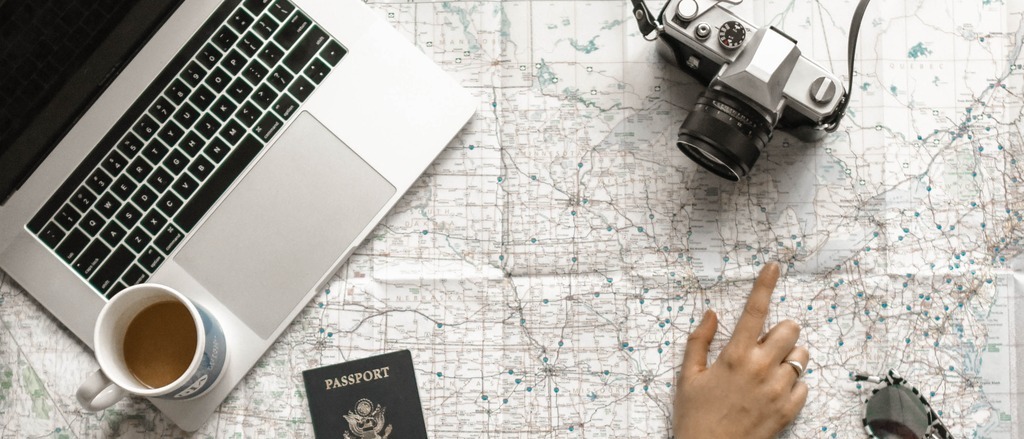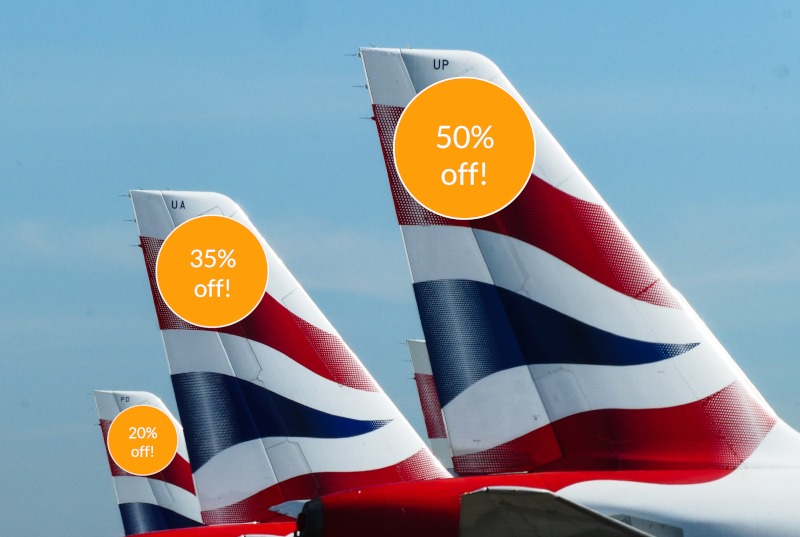
Navigating the Amazon in three weeks - An Insider’s Guide
- Travel Guides
- Adventure
Share this


Share Links
Check out this travel tip from Jack`s Flight Club
https://jacksflightclub.com/travel-hub/undefined
 Copy link to post
Copy link to post Email
Email WhatsApp
WhatsApp Facebook
Facebook Twitter
Twitter

Fran is an Italian globetrotter with a passion for remote destinations and snacking. Currently based in Brussels, she'll tell you where to find the yummiest fries around the city. When she's not busy finding the sweetest JFC's deals, she's probably learning her 6th language or loading a new film into her Olympus.






